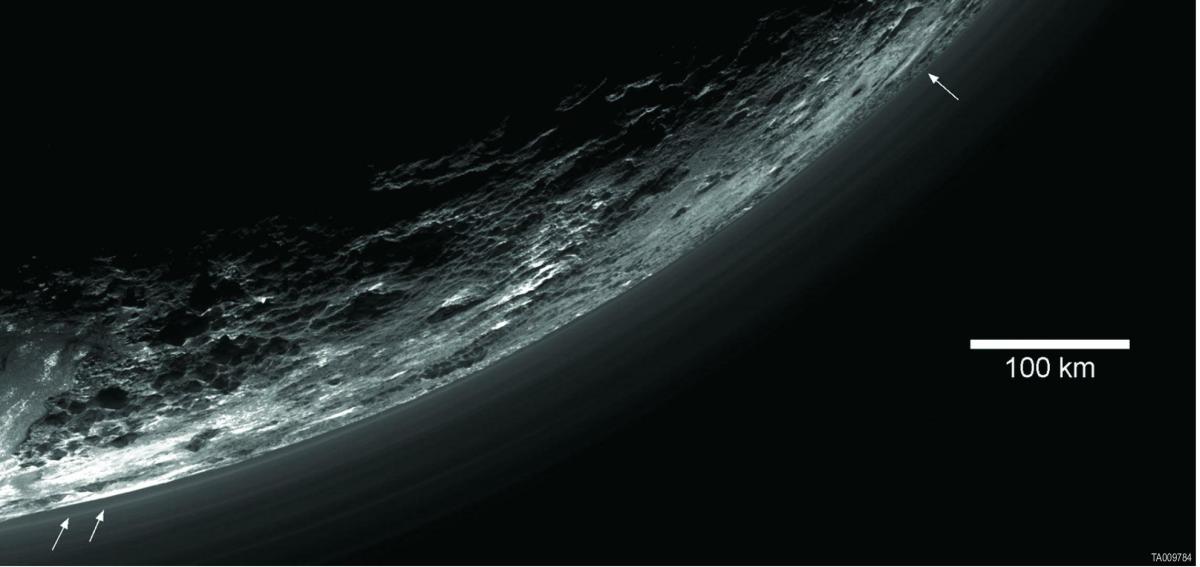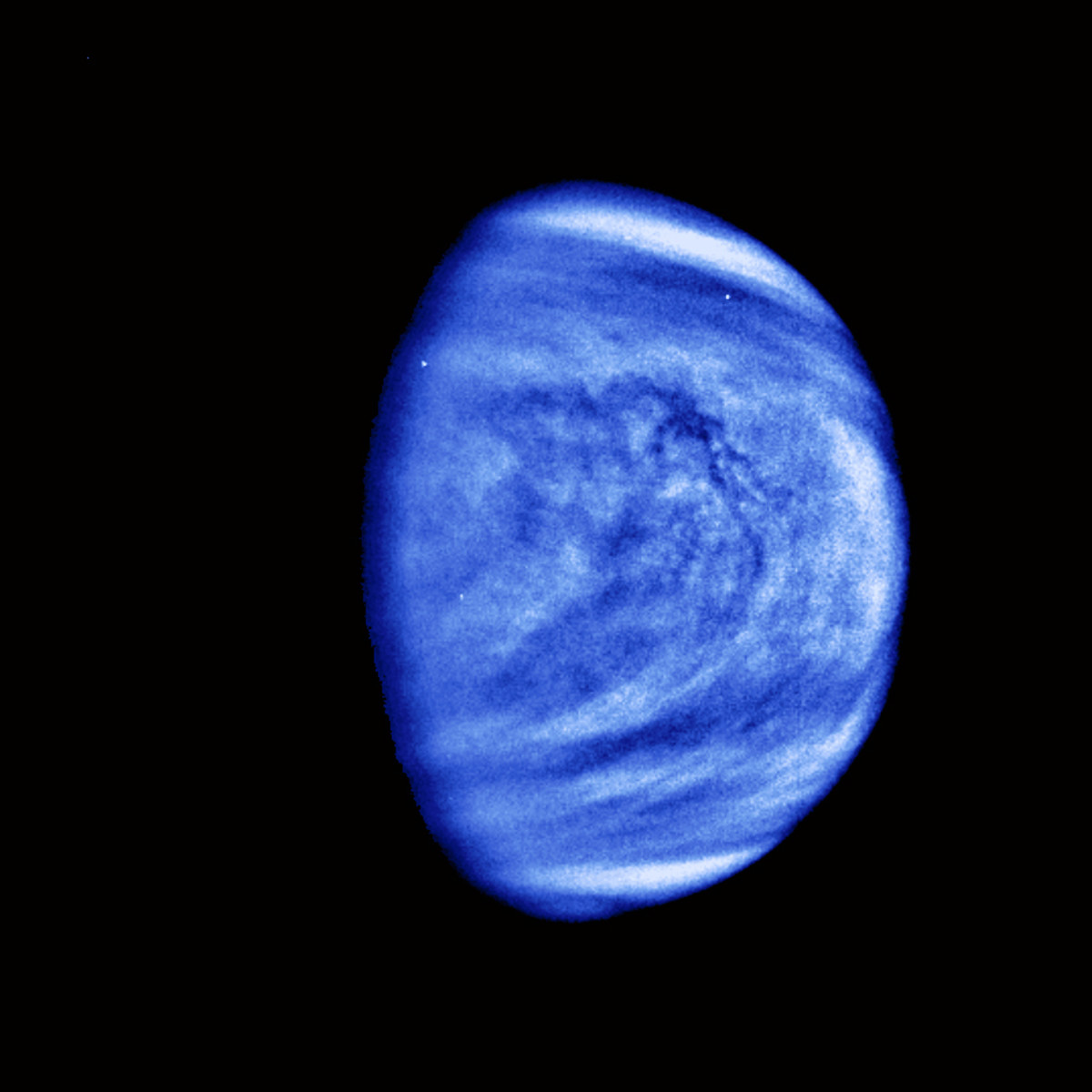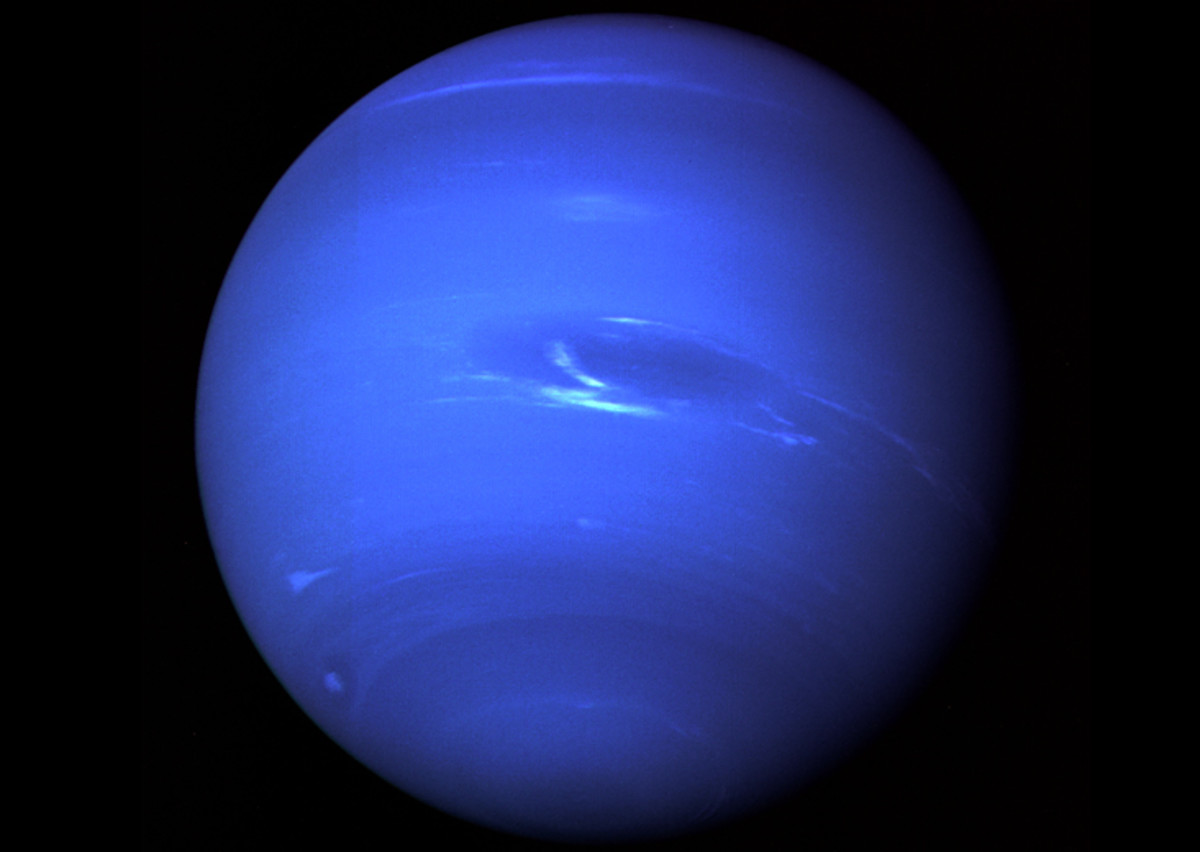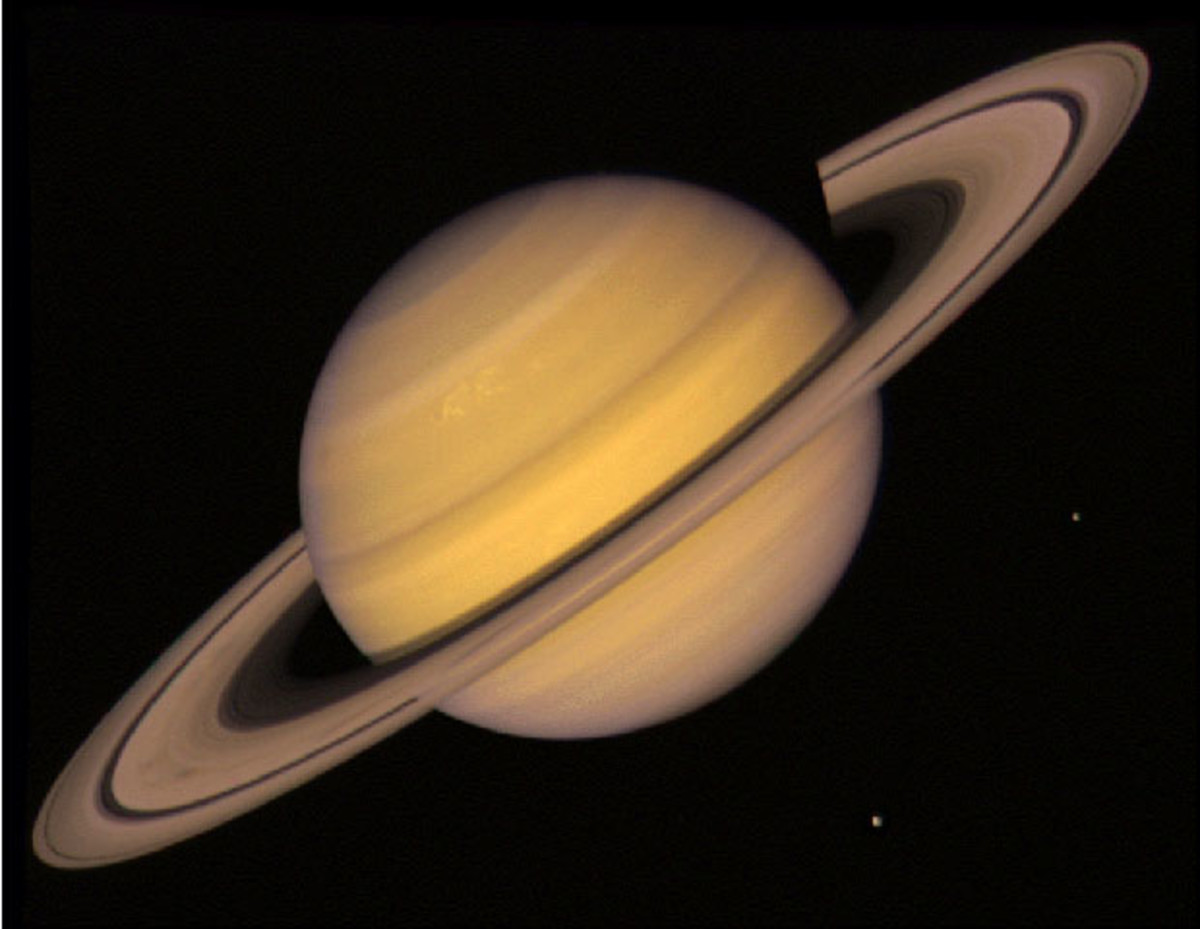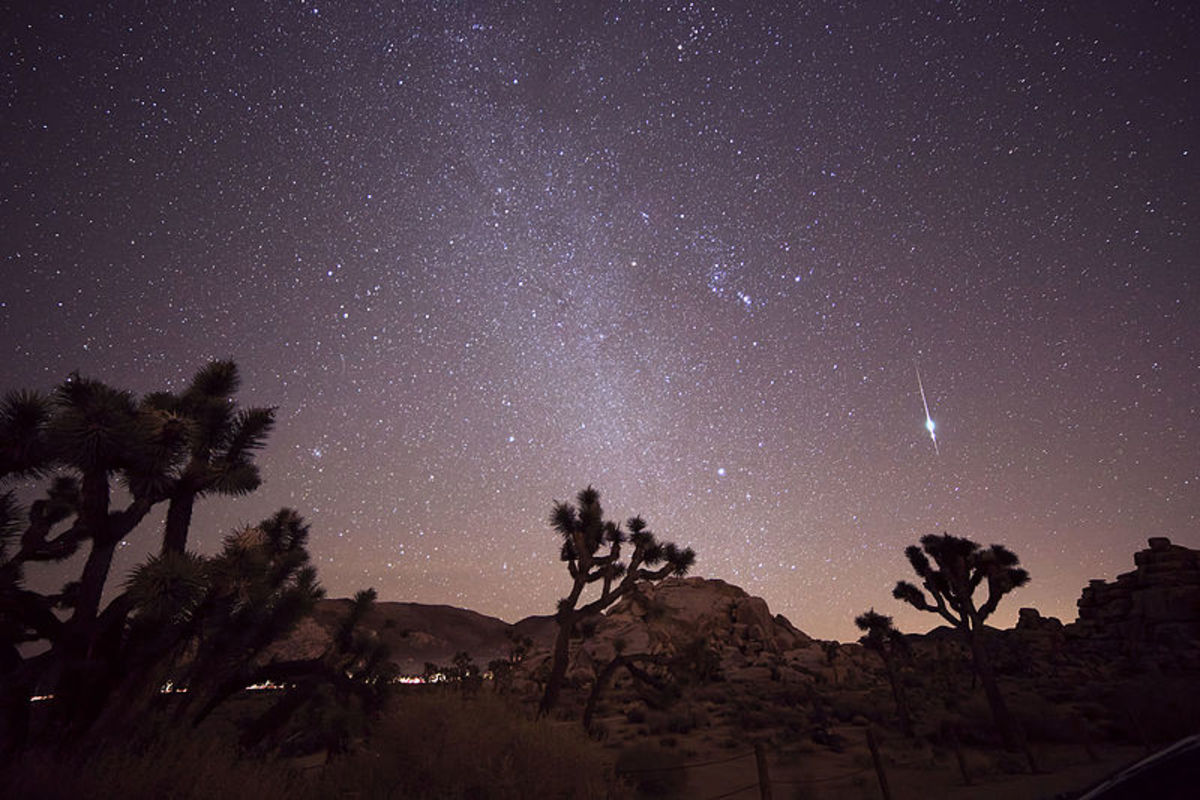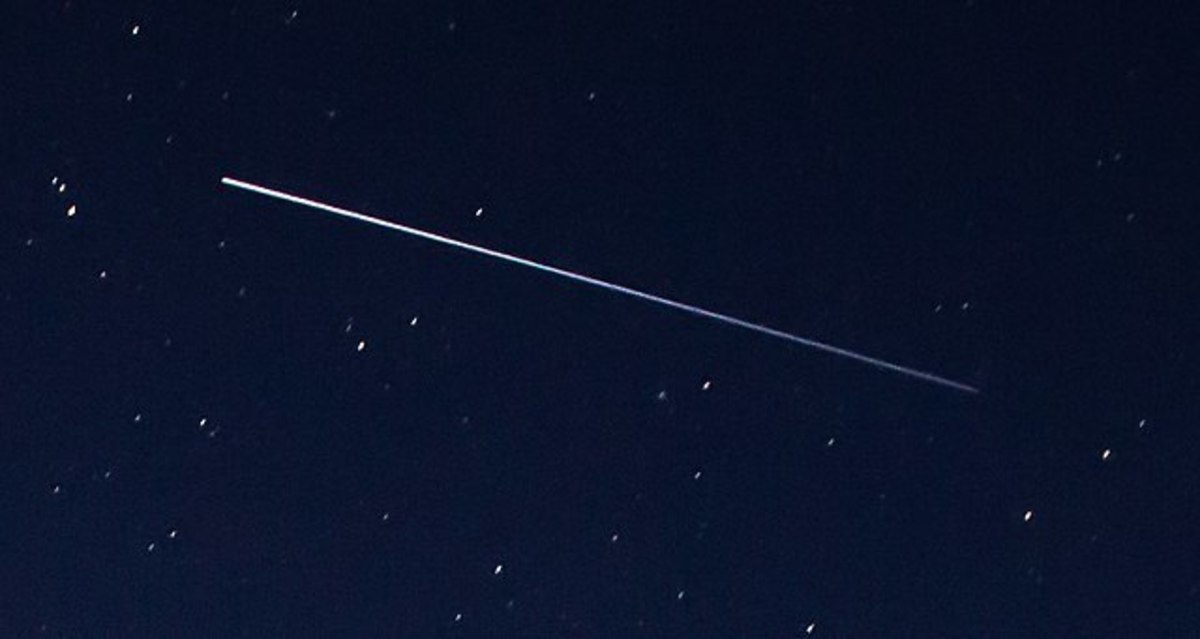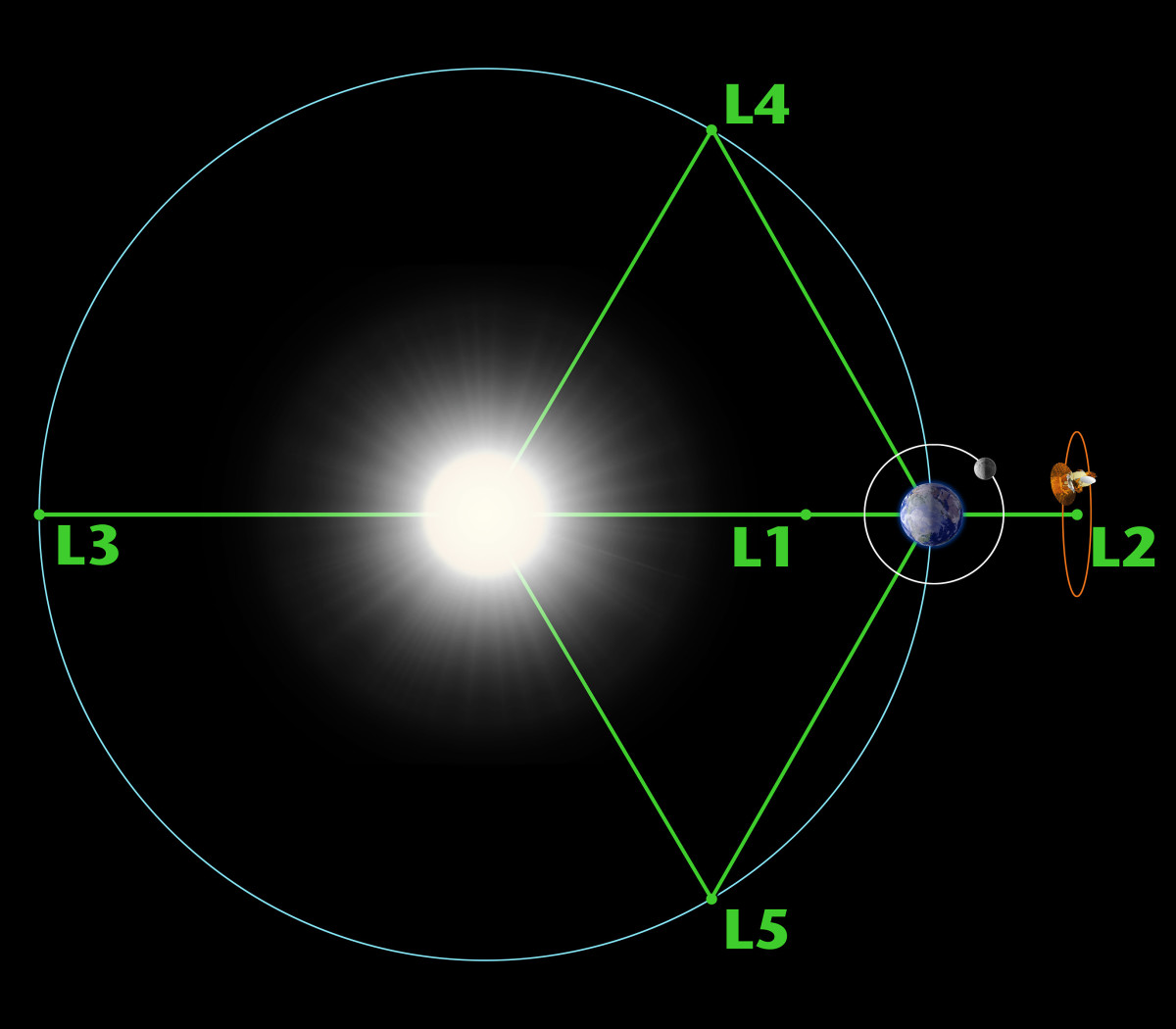Ceres Dwarf Planet
The most detailed photograph of Ceres, taken by the Hubble Space Telescope in 2004

The dwarf planet Ceres is the largest asteroid of the main asteroid belt sitting between Jupiter and Mars. Discovered in 1801, Ceres is one of the most unique and intriguing objects in our solar system due to it's massive amounts of water and potential for life. Ceres has a very low density, meaning that it is most likely a solid core with rock and clay surrounded by a massive ice shell. Scientists believe that heat generated through tidal friction and radioactive decay could have melted the layer of ice closest to the rocky core creating a liquid subterranean ocean.
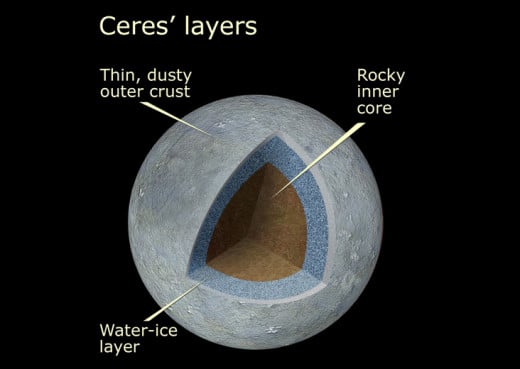
Gravity
The Dwarf Planet Ceres has a surface gravitational acceleration of .28m/s2. Compare this to earth's gravitational acceleration of 9.8m/s2 and you'll being to realize just how small this planetary body is. It's gravity is only 1/35th that of the earth, this means that the escape velocity for the planet is also very low. Returning missions from Ceres would not require very much fuel since it is so easy to leave the planet' gravitational hold. If we ever want to build a base on Ceres we would most likely need a rotating base with artificial gravity.
Rotation
Geological activity is a sign of life, as life always seems to be found wherever volcanic activity is present. On earth, much of our volcanic activity is driven by tidal friction. The earth always has one side that is closer to the moon, and a side that is further away. Gravity is a function of distance so the two end of the earth are subjected to different gravitational strengths. Without getting too in-depth, this gravitational gradient across an object creates internal friction and therefore heat. The faster an object rotates, and it's proximity to the object that it is interacting with determines how much energy is created through tidal friction (technically energy is never created or destroyed, the rotational kinetic energy is converted into heat energy). This is why earth days have slowly been getting longer over millions of years. Our rotation slows due to tidal friction with the moon and sun, creating massive amounts of volcanic activity. The same principal applies to other objects including the dwarf planet ceres. Ceres' day is only 9 hours and 4 minutes, which means volcanic activity due to tidal friction is possible. Scientists believe this volcanic activity, possibly coupled with radioactive decay, could create a subsurface ocean on ceres. On earth extremely deep volcanic thermal vents at the bottom of our oceans host a plethora of species. These organisms rely on sulfuric compounds to survive, and do not need light, or oxygen to thrive. Ceres' rotation makes it a strong candidate for extraterrestrial life.

Unknown Surface Features
The dwarf planet Ceres also has some unknown surface features. Photos taken by the Hubble Space Telescope in 2004 showed large blotches of what appears to be cryovolcanism or asteroid impact sites. Future missions to Ceres will most likely uncover the nature of these irregularities. Even though Ceres has a weak gravitational field, it still has a massive surface area due to it's low density. The surface of Ceres is approximately the size of India, which is pretty astounding when you consider that is has tens of kilometers deep water ice on it's surface. Scientific research will undoubtedly discover even more of Ceres' secrets over the next few decades.
Do you think Ceres' has life?
Exploration
The Dawn spacecraft will reach Ceres in early 2015 after spending years in transit after visiting the asteroid Vesta. It will be taking detailed gravitational, spectrographic, and photographic readings, answering many of the questions about the dwarf planet Ceres. It is scheduled to spend a long time in both high and low orbits over the dwarf planet and it is without a doubt the most interesting astronomical mission of 2015. The internal structure of Ceres' will be much more clear after the mission is completed, and the Dawn Spacecraft has the technology to determine what elements are present on the dwarf planet's surface. Hopefully the truth about it's oceans, and life harboring potential will be answered.
Other Worlds
Ceres is not the only world in our solar system with this structure, Europa and Enceladus both have high water contents and the potential for life. They are both further out from Ceres and are subjected to high radiation belts since they are both gas giant moons.



